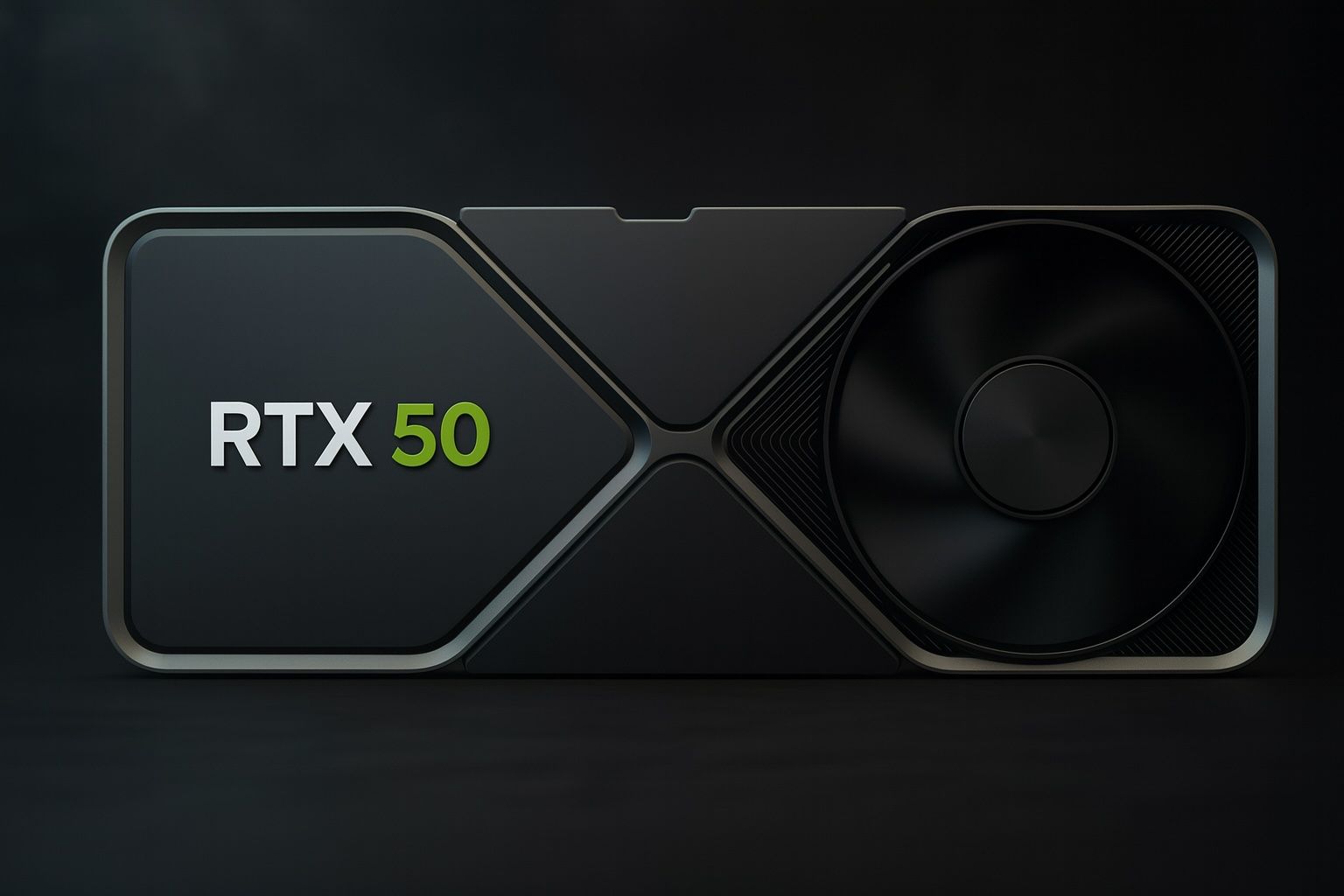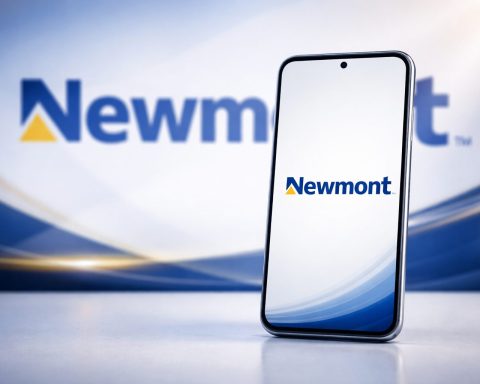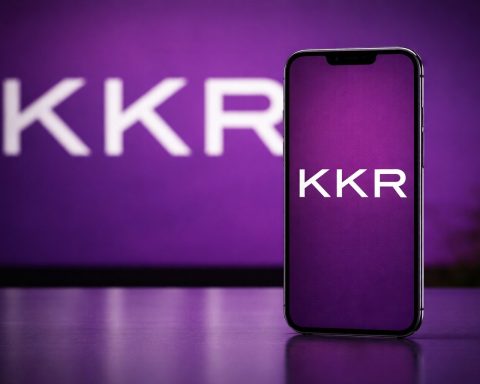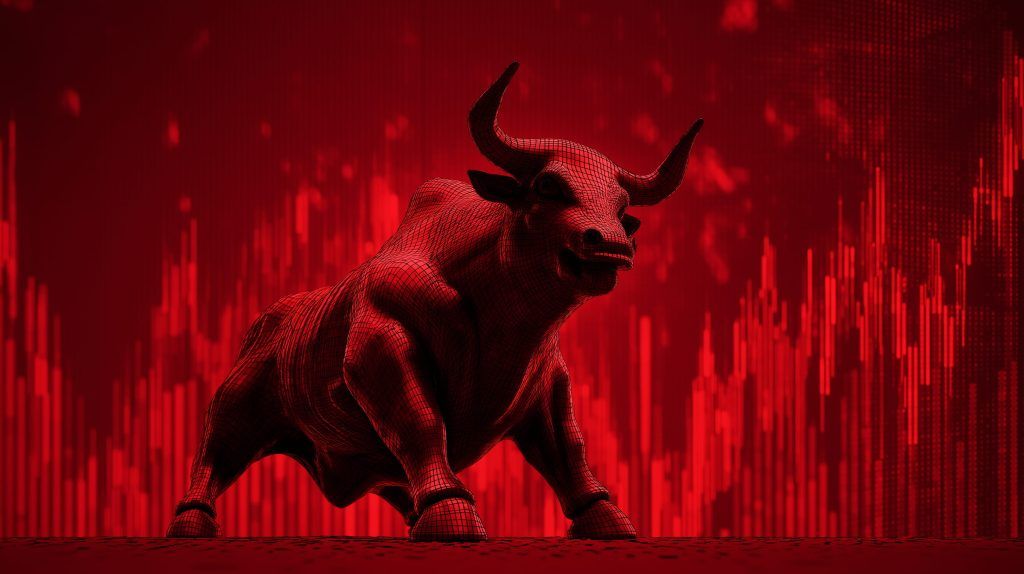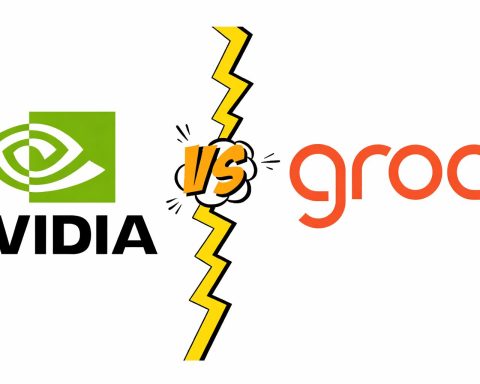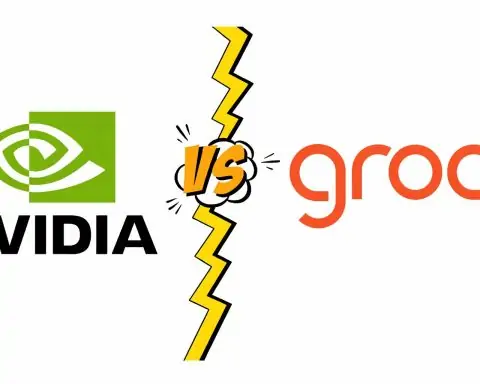14 November 2025
Amazon and Microsoft are quietly lining up behind a new U.S. bill that could further restrict Nvidia’s AI chip exports to China, deepening the geopolitical tug‑of‑war over advanced computing power and exposing rare fault lines inside Big Tech.
According to a Wall Street Journal report cited by Reuters and other outlets, both cloud giants are supporting the Guaranteeing Access and Innovation for National Artificial Intelligence Act of 2025 — the GAIN AI Act — which would force chipmakers like Nvidia to prioritize U.S. customers before shipping cutting‑edge processors to China and other “countries of concern.” [1]
Lawmakers are trying to attach the measure to the massive National Defense Authorization Act (NDAA), turning what began as a niche export‑control proposal into a high‑stakes fight over who gets first call on the world’s most valuable chips. [2]
What the GAIN AI Act Actually Does
The GAIN AI Act is designed to hard‑wire a “U.S. first” rule into export licenses for advanced AI chips.
A bipartisan group of senators introduced the bill this week. In broad terms, it would: [3]
- Require companies seeking licenses to export high‑end AI chips to certify that American buyers had first chance to purchase those chips.
- Impose a public notice period (at least 15 business days) before large export deals, so U.S. firms, startups and universities can step in with competing orders.
- Direct the Commerce Department’s Bureau of Industry and Security (BIS) to treat exports to “countries of concern” — including China, North Korea, Iran, Syria, Cuba, plus Hong Kong and Macau — as sensitive by default. [4]
- Cover some of the very same high‑performance accelerators used to train and run frontier AI models, falling under key export categories such as 3A090 and 4A090. [5]
Chips that are not designed or marketed for data‑center use would generally fall outside the strictest requirements, focusing the law squarely on the GPUs that power services like ChatGPT‑style models, recommendation engines and large‑scale cloud AI. [6]
Why Amazon and Microsoft Are Backing Tougher Nvidia Controls
Securing scarce AI compute — and an edge
Nvidia’s top AI accelerators remain in chronic short supply worldwide. For the past two years, major cloud providers have complained that demand for GPUs has far outstripped what Nvidia can manufacture, even as the company’s valuation soared.
By backing GAIN AI, Amazon Web Services and Microsoft Azure are effectively betting that concentrating more of Nvidia’s output inside the U.S. will:
- Reduce the risk of supply shocks if geopolitical tensions escalate.
- Give U.S.-based hyperscalers preferential access to the latest chips, helping them win AI cloud customers globally. [7]
The Wall Street Journal report, echoed by Investing.com, says Microsoft has publicly endorsed the bill. Amazon executives from its cloud division have privately told Senate staffers they support it as well, according to people familiar with the talks. [8]
For both companies, AI compute is now the strategic resource that underpins everything from cloud revenue to consumer products like Copilot and Alexa. Guaranteeing first access to Nvidia’s chips — or similar advanced processors from rivals — is arguably as important as securing oil was in earlier eras.
National security framing
Supporters of the bill argue that it is not just about commercial advantage. The GAIN AI Act is being pitched as a way to prevent adversaries, especially China, from accessing enough high‑end compute to supercharge military AI systems, advanced cyber operations or novel weapons development. [9]
Reuters notes that Anthropic, one of the leading frontier‑model labs, is also backing the legislation and has generally supported tighter export controls on advanced chips and model weights. [10]
In Washington, that framing lands at a moment when both the outgoing Biden administration and the current Trump administration have tightened semiconductor rules on China — even as they’ve sparred over how far to go. [11]
A Rare Split Inside Big Tech
The emerging coalition behind the GAIN AI Act is striking precisely because it splits America’s technology giants.
- In favor: Microsoft, Amazon and Anthropic. [12]
- On the sidelines (for now): Meta and Google have not taken public positions, according to Reuters and WSJ reporting. [13]
Some policy analysts see the divergence as reflecting where each company sits in the AI stack:
- Cloud platforms that rent out compute (AWS, Azure) gain if they’re guaranteed more Nvidia supply.
- Advertising‑driven platforms (Meta, Google) may worry that strict export controls and rationing could push foreign customers toward alternative chip ecosystems — in China, Europe or the Middle East — weakening U.S. dominance over time. [14]
So far, none of the companies have commented publicly on those strategic tensions. Amazon declined to comment to Reuters, and Microsoft, Anthropic and the White House did not immediately respond to requests. [15]
Nvidia’s Growing Washington Headache
For Nvidia, the GAIN AI Act is the latest in a series of regulatory blows that have chipped away at its China strategy and complicated its global expansion.
From Biden’s “Diffusion Rule” to Trump’s license deals
Over the past three years, the U.S. has steadily tightened rules on high‑end GPUs:
- October 2022–October 2023: The Commerce Department imposed and then strengthened sweeping export controls aimed at cutting off China from the most advanced AI chips and semiconductor manufacturing tools. [16]
- January 2025: The Biden administration rolled out the so‑called AI “Diffusion Rule”, further restricting advanced AI chips and, in some cases, model weights. Nvidia publicly blasted the rule as “misguided” and warned it would hurt global innovation. [17]
- Mid‑2025 under Trump: The new administration partially reopened the door by allowing exports of Nvidia’s China‑specific H20 chip — but only under a controversial deal requiring Nvidia and AMD to hand over 15% of their China AI‑chip revenue to the U.S. government as a condition of export licenses. [18]
Even with that compromise, recent reports suggest Nvidia is still barred from selling its most powerful new chips into China, and may face limits on even “downgraded” versions designed to satisfy earlier rules. [19]
GAIN AI: protection or protectionism?
Nvidia has already warned that the GAIN AI Act would further restrict global competition and reduce access to advanced computing power outside the U.S. [20]
Independent experts at the Center for Strategic and International Studies say the bill could impact not only top‑tier chips but also slightly older GPUs that were specifically engineered to comply with existing export rules — chips that, in their view, pose little direct security risk. They argue the proposal edges away from classic national‑security controls and toward industrial policy that favors U.S. chip buyers at the expense of foreign customers. [21]
The Wall Street Journal reports that Nvidia and other semiconductor firms have ramped up lobbying in Washington to dilute or block the measure, viewing it as an overreach that could push international customers into the arms of competing chip ecosystems. [22]
China Is Already Striking Back
While Congress debates how to lock down Nvidia’s exports, Beijing has been taking matters into its own hands.
In recent weeks:
- Chinese regulators ordered major internet firms to halt purchases of Nvidia’s H20 and other China‑specific GPUs, according to media reports, while customs authorities began a nationwide crackdown on AI‑chip imports at key ports to stamp out smuggling and gray‑market flows of high‑end Nvidia hardware. [23]
- China’s antitrust watchdog issued a preliminary finding that Nvidia violated local competition law related to its 2020 acquisition of Mellanox, citing the company’s inability to fulfill prior supply obligations to Chinese customers after U.S. export controls took effect. [24]
Those moves reinforce Beijing’s longstanding goal of reducing dependence on U.S. semiconductors, even as Chinese firms still struggle with bottlenecks such as advanced memory technology and cutting‑edge fabrication. [25]
If GAIN AI passes, it will only sharpen the incentive for China to double down on domestic GPU development — and to look for friendlier alternatives in places like the Middle East, Singapore or Europe.
Where the White House and Congress Stand
The politics around GAIN AI are delicate:
- The bill has bipartisan backing in the Senate — including figures such as Elizabeth Warren and Chuck Schumer on the Democratic side and Jim Banks and Tom Cotton among Republicans — and could be added as an amendment to the NDAA. [26]
- However, some White House officials, including AI adviser David Sacks, have reportedly told lawmakers that existing Commerce Department controls already give Washington significant leverage over exports and questioned how much additional security the act would truly deliver. [27]
- President Donald Trump has not taken a public position on GAIN AI yet, according to Reuters. [28]
The bill’s fate will likely be decided in NDAA negotiations over the coming weeks, where dozens of unrelated policy riders often compete for space. Even if it survives, implementing detailed rules — such as how the “right of first refusal” works in practice — would fall to the Commerce Department and could evolve over years. [29]
Market Reaction So Far
Traders wasted little time reacting to the prospect of even tighter limits on Nvidia’s China business.
As of Friday trading in New York: [30]
- Nvidia (NVDA) shares were down around 3.5%, extending losses amid broader pressure on high‑growth tech stocks.
- Amazon (AMZN) slipped roughly 2.7%.
- Microsoft (MSFT) was off about 1.5%.
Part of the move reflects a wider risk‑off mood in equity markets, but analysts say the news underscores a growing reality:
Nvidia now faces simultaneous pressure from U.S. regulators, U.S. customers and Chinese authorities, all of whom are reshaping the geography of AI compute in real time.
What It Means for AI Builders and Cloud Customers
If the GAIN AI Act becomes law, several knock‑on effects are likely:
- More chips for U.S. users — less for everyone else
Startups, enterprises and research labs based in the United States could find it easier to secure top-tier GPUs from Nvidia and its rivals. Customers in Europe, the Middle East and Asia (outside close U.S. allies) may face longer waits and higher prices as exports are rationed. [31] - Acceleration of non‑U.S. alternatives
Tighter rules will give fresh momentum to homegrown AI‑chip initiatives in China and elsewhere — from Huawei accelerators to custom silicon designed by hyperscalers in the Gulf states and Europe. [32] - Complexity for multinational AI projects
Companies training global models or operating across many jurisdictions could be forced into intricate compute‑allocation strategies, carefully separating U.S. and non‑U.S. workloads to comply with licensing and “right of first refusal” obligations. [33] - Big Tech’s influence over AI infrastructure deepens
If Amazon and Microsoft secure preferential access to Nvidia chips, their already‑dominant cloud platforms may become even more attractive to AI startups that cannot reliably obtain GPUs on their own. That, in turn, could raise new questions for regulators about competition in cloud and AI services. [34]
The Bigger Picture: Chips as the New Strategic High Ground
The fight over the GAIN AI Act shows just how far AI has moved from a purely technical issue to a central axis of geopolitics and industrial policy.
- Congress is trying to legislate a permanent U.S. advantage in access to compute.
- Amazon and Microsoft are aligning with that push — partly out of security concerns, partly out of business necessity.
- Nvidia is stuck in the middle, trying to serve global demand while navigating dueling demands from Washington and Beijing. [35]
For now, the world’s most advanced AI chips are still overwhelmingly American. The question raised by today’s news is whether Washington intends to keep it that way by sharing just enough to stay dominant — and not a transistor more.
References
1. www.reuters.com, 2. www.executivegov.com, 3. www.executivegov.com, 4. www.executivegov.com, 5. www.executivegov.com, 6. www.executivegov.com, 7. www.wsj.com, 8. www.reuters.com, 9. www.reuters.com, 10. www.reuters.com, 11. cset.georgetown.edu, 12. www.reuters.com, 13. www.reuters.com, 14. www.csis.org, 15. www.reuters.com, 16. www.bis.doc.gov, 17. blogs.nvidia.com, 18. www.washingtonpost.com, 19. www.investing.com, 20. www.reuters.com, 21. www.csis.org, 22. www.wsj.com, 23. timesofindia.indiatimes.com, 24. www.wsj.com, 25. www.tomshardware.com, 26. www.executivegov.com, 27. www.reuters.com, 28. www.reuters.com, 29. www.executivegov.com, 30. www.investing.com, 31. www.executivegov.com, 32. www.tomshardware.com, 33. www.executivegov.com, 34. www.wsj.com, 35. www.reuters.com
